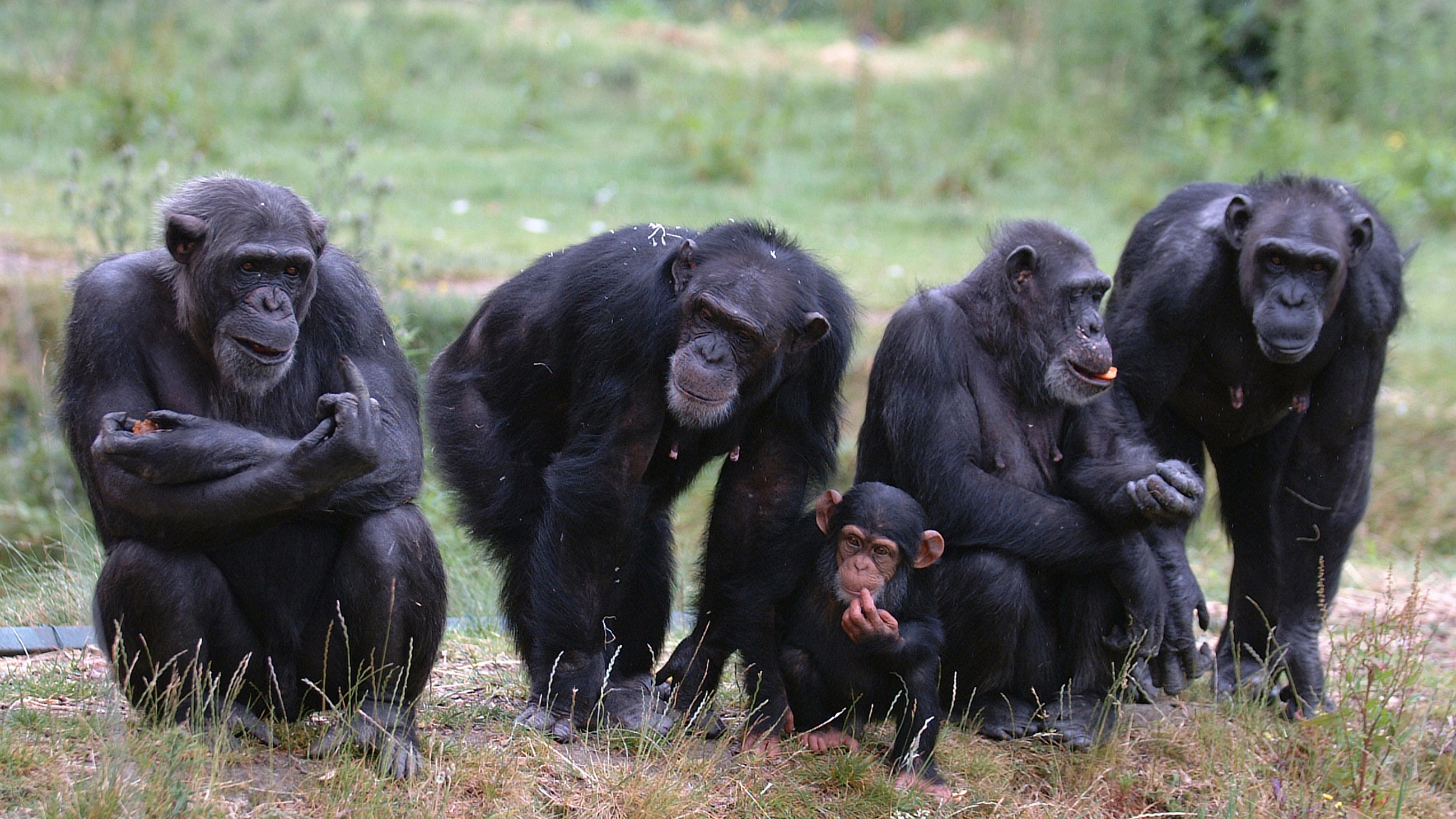Abstracts: Chimp Tools, Nutrition and Obesity, and More
• Chimpanzee mothers have been caught on tape for the first time teaching their young to use tools. The chimps instruct their offspring in building probes to fish for termites. (Science Daily)

• A group of scientists is working to create the Human Cell Atlas, which would serve as a sort of Google Maps for the human body. (The Atlantic)
• A possible new dwarf planet called 2014 UZ224 has been discovered in our solar system. (Space)
• We first highlighted fat — then sugar — as Dietary Enemy No. 1, but reductions in both have done little to curb obesity. The oversimplification of focusing on one component, rather than our diets as a whole, may be to blame. (Undark)
• A lab studying exomes has discovered that many genetic mutations thought to cause disease are actually relatively common in healthy people, and may not be harmful after all. (Nature)
• Silkworms spin super-strong, electrically conductive silk after being fed carbon nanotubes and graphene. The extra-tough silk could be used in medical implants, durable fabrics, and electronics. (Scientific American)
• Naked mole rats could chow down on hot peppers all day without feeling the burn. These unusual rodents are immune to pain caused by heat sensitivity. (Washington Post)
• A new Zika zone has popped up in northern Miami, but scientists say it wasn’t unexpected, nor does it signal that the state’s control efforts aren’t working. (New York Times)
• Surgeons can use stretchy 3D-printed bone scaffolds to treat broken bones. When implanted in the tissue of animals, the material encourages real bone growth within a month. (Science News)










